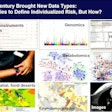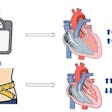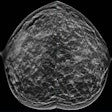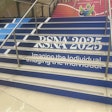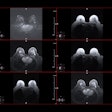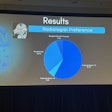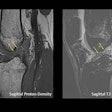Dear AuntMinnie Member,
The COVID-19 pandemic has prompted radiology professionals to employ every tool in the imaging arsenal to deal with the outbreak. One of the most useful technologies may be the oldest -- radiography.
Traditional x-ray -- albeit updated with digital technology -- has demonstrated its worth by giving those on the front lines of the pandemic a way to examine patients that's inexpensive, versatile, and easily disinfected.
We cover some of the advantages of digital radiography (DR) for COVID-19 in our Advances in Digital Radiography special report, released this past week. The special edition includes an article on how DR is being used by healthcare providers to diagnose and manage COVID-19 patients, as well as a story on how advanced technologies like artificial intelligence are making DR even more useful.
For more information, give the Advances in Digital Radiography section a look.
PET/MRI vs. PET/CT
PET/MRI has been available clinically for about a decade, but the technology still struggles to achieve widespread adoption, due in part to the expense of the hybrid systems. Researchers from Germany believe they have found an application in which PET/MRI is superior to PET/CT, which is much more widely used.
A team from the University of Duisburg-Essen compared PET/MRI to PET/CT for lesion detection and classification in a population of over 900 patients. They found that PET/MRI identified additional malignant findings in 5% of cases, which in some cases led to a change in patient management. And the hybrid modality's radiation burden was much lower than that of PET/CT.
In another story published in our Molecular Imaging Community this past week, researchers from Johns Hopkins University explained their use of PET/CT with FDG to evaluate patients with fever of unknown origin.
Get these stories and more in our Molecular Imaging Community.
3D printing for CHD
Clinicians and researchers are exploring a variety of uses for 3D printing. In our Advanced Visualization Community, we reported on how a group from South Korea used 3D printing to plan surgeries for complex cases of congenital heart disease (CHD).
Also, a group from the University of Pennsylvania described how augmented reality in combination with 3D CT holograms can help first-year medical students learn human anatomy.









